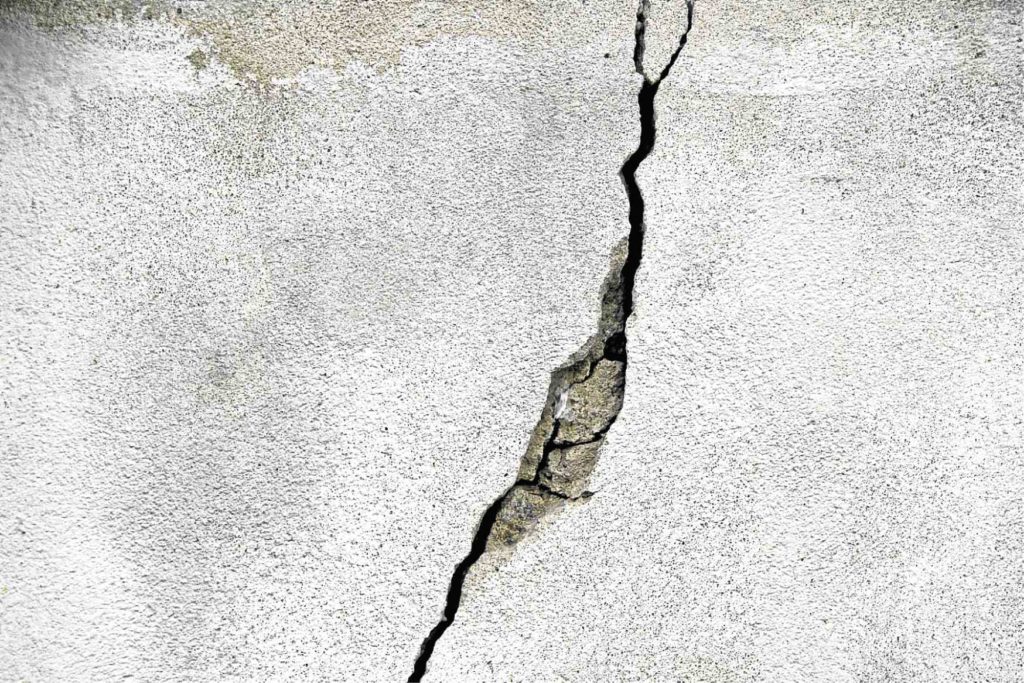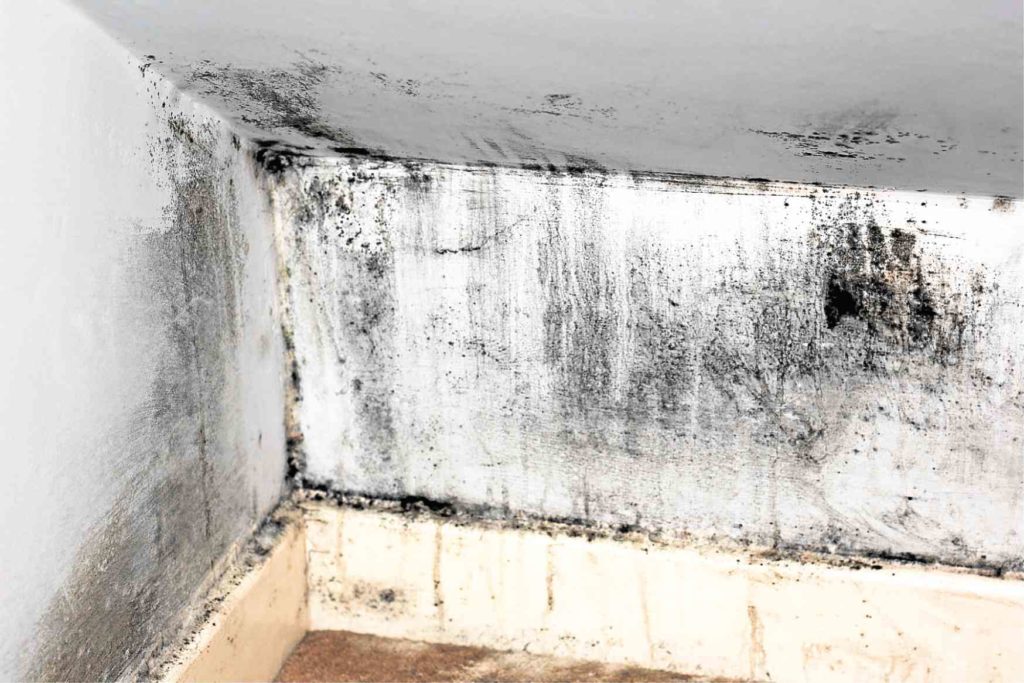Symptoms of a sick house
Just like a sick person, your house will display warning signs if ‘there is a problem with its structure.
Simple imperfections might actually indicate serious problems in an existing house. To treat these problems, the key is to identify the source and eradicate it. Though you may need professional help in some cases, knowing the symptoms is the first step towards a solution.
Cracking
As the Philippines has seen its healthy share of earthquakes, it is common to see houses with cracks along walls or floors. But not all cracks are dangerous.
Hairline ones are usually the result of ground settling or material expansion. These ones are not too troublesome. It’s the bigger ones that are usually of concern. BRE Global Ltd, a research center on buildings, said that the wider the crack, the more cause for worry.

A wall crack may be a sign of foundation problems.
Cracks are caused by movement and the sources can vary. Tree root growth, brickwork expansion, and roof spreading are just some of the possible causes.
Foundation failure, however, may also be the culprit. This is often accompanied by uneven flooring, crooked doors, and moisture in the basement.
To test if ground movement is continuous, the English designer Terence Conran suggests cementing several clear glass strips over the cracks. Over time, the strips will display fracture lines if the crack continues its course. If it does, seek the help of a structural engineer.
Structural failure entails high repair costs if not acted on quickly.
Moisture
High water levels inside your home often result from floods. But moisture can mean something else.
When seen on the ceiling or on walls, this might be caused by a broken pipe or duct. If this occurs along window sills, drip caps or flashings might have to be installed. The roof may also be a culprit in both cases, especially if the dampness occurs right after a rainfall.
To prevent moisture inside the house, make sure your gutters and downspouts are clean, unblocked and working. Fix broken pipes and valves; get a professional if you can’t identify the source. Once the cause has been dealt with, you can re-plaster your damaged wall or apply a new cladding finish. Applying waterproofing treatments in concerned areas will also prevent future leaking.
Moisture must be resolved immediately if it is present within the home. Otherwise, it can lead to mold or fungal growth inside your house.

Molds can come in different colors and emit a musty smell.
Pests
Cockroaches and mice are only some of the more common pests that plague our homes.
Smaller ones, however, are also just as pesky. Beetles can hatch larvae that destroy carpet, clothes and upholstery. Birds can sometimes cause problems if they create nests along roof gutters. Termites bore through softwood and destroy furniture, floors, and structures. These pests are very dangerous because they can cause major damage in a short span of time.
To dissuade mice from invading your home, block off holes to prevent entry. Mouse traps with baits eliminate existing ones in your house.
To prevent insect infestation, you should store items with moth balls and vacuum vulnerable spaces. Just make sure these are inaccessible to young children.
To control birds, check downspouts and gutters and relocate nests if these are present.
Termites are more difficult to control, but exposing affected furniture to sunlight can kill them off. Seek pest control services if the problem persists.
Seeking professional help
As the saying goes, prevention is better than cure.
If you are in the process of building a home, hiring professionals assures you that the task is in safe hands. Designers can already integrate measures from the start to avoid many house problems. If you are renovating or fixing an existing house, they can help you avoid mistakes.
If you have any problem in your house structure and function, it would be wise to seek professional advice. There are many other challenges that can affect your home that only experts can identify.
Truth be told, it is easy for the average homeowner to correct building defects with simple repair skills. The problem, however, will not be resolved if the source is not identified and eliminated.
Just like doctors, architects and engineers can prescribe the right measures to eliminate worries about your home. It is up to you to spot the symptoms, but it is up to them to bring in the cure. (Sources: “New House Book” by Terence Conran; www.bre.co.uk)
The author is a licensed architect who studied abroad and currently works for DSFN Architects. Her childhood home suffered from cracks but has now been repaired thanks to a structural engineer’s help.
